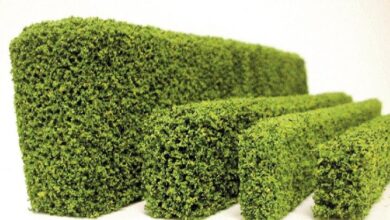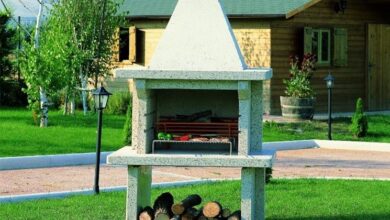Cupressus sempervirens
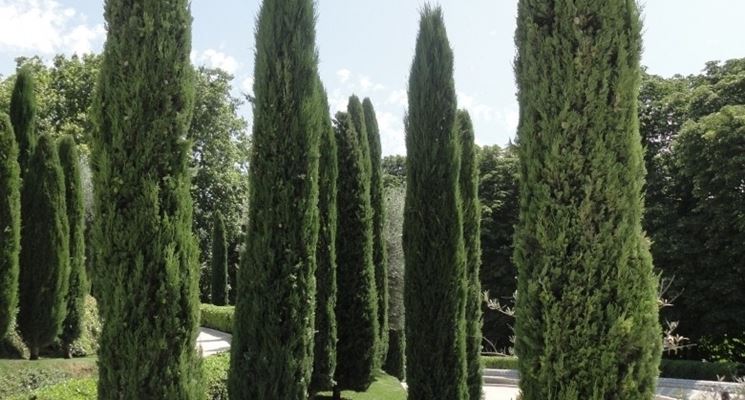
Cupressus sempervirens

Characteristics of Cupressus sempervirens
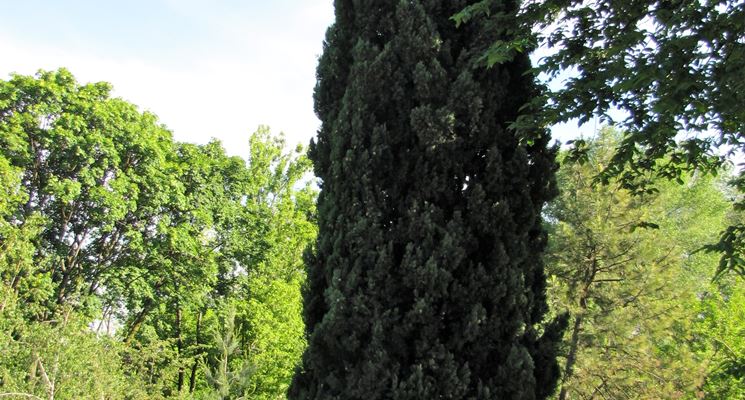
The flowers of Cupressus sempervirens are located in the terminal part of the branches, have a yellowish color and are indistinctly shown both male and female on the same plant. The fruits have the shape of a small sphere with a light green color when young and brown after ripening which lasts 2 years. The fruits when they reach maturity open and release the seeds that have the characteristic of being winged, for a better distribution. The Mediterranean cypress is a plant that prefers areas that have a warm climate, with long dry summers, while it particularly suffers from prolonged cold. However, the plants easily adapt to difficult conditions, in fact it would be able to vegetate even up to 700 meters above sea level and in the presence of arid soils.
Care of Cupressus sempervirens
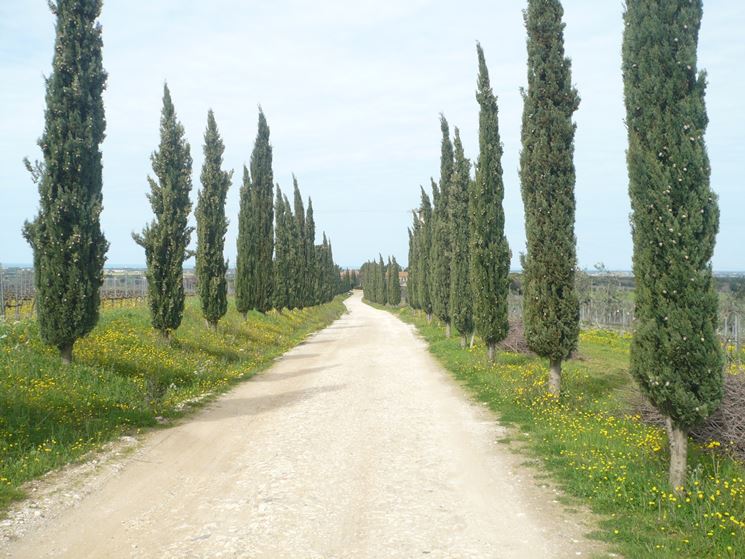
Cupressus sempervirens prefers locations that have good brightness and that have adequate protection from the wind and winter cold. Plants do not particularly suffer from the cold even if they would not be able to survive where the climate is too harsh. Cypresses are plants that also suffer from areas with heavy pollution. The ideal soil for Cupressus sempervirens should be sufficiently moist, although the plants would be able to withstand some dry periods. Watering should be guaranteed regularly once every 15 days. In spring and autumn, fertilization should also be provided with an organic fertilizer which should be buried at the foot of the plant. The cypress does not require particular soils,
Diseases of Cupressus sempervirens
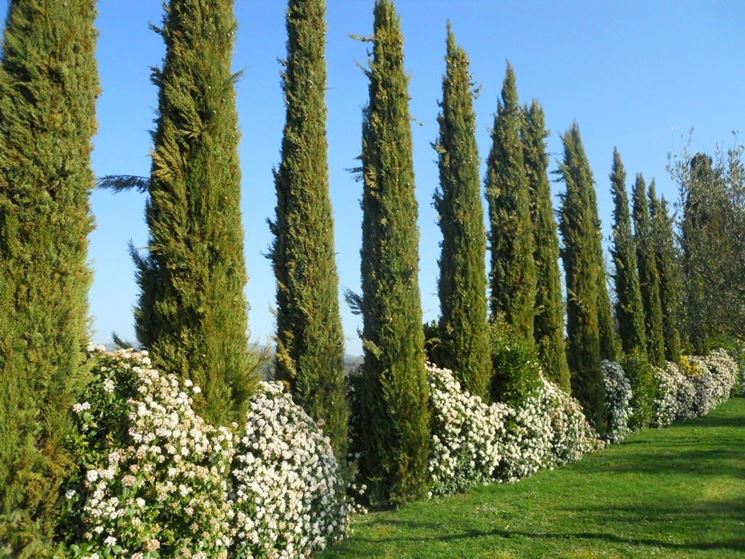
Cupressus sempervirens is a very resistant plant even if it could be attacked by some parasitic fungi such as Coryneum cardinal. This fungus could cause cypress canker which could manifest itself with yellowing and dropping of the twigs. This pathology if not treated properly could lead to the death of the plant. In case of attack by the fungus it would be advisable to eliminate the infected parts and burn them to avoid the infection leftovers. The cypress aphid could settle on the leaves by feeding on the sap, but injecting toxic substances that could cause the plant to dry out. In case of weakening of the plant, attacks by other insects could also occur which would cause considerable damage to the cypress.

